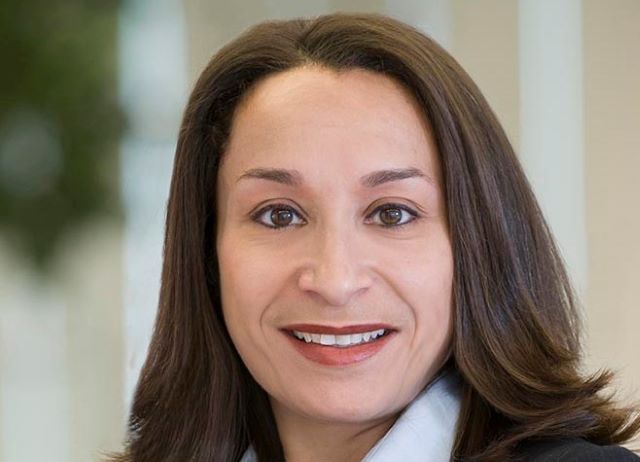
Laura Castillo-Page, Ph.D., was named Chief Diversity and Inclusion Officer (CDIO) at the National Academies of Sciences, Engineering, and Medicine in April. She is the first CDIO at the National Academies. Castillo-Page most recently served as senior director for equity, diversity, and inclusion at the Association of American Medical Colleges.
In a joint statement, National Academy of Sciences President Marcia McNutt, National Academy of Engineering President John L. Anderson, and National Academy of Medicine President Victor J. Dzau said that as they reconfirmed commitment last year to advancing diversity, equity, and inclusion (DEI), they established the new position of chief diversity and inclusion officer to report directly to them.
“We have much work to do in accelerating diversity, equity, and inclusion across our three academies and in all our activities and programs, and are thrilled that Dr. Castillo-Page has decided to join the National Academies to help us lead these efforts,” the statement said.
Castillo-Page joined the National Academies on June 1 and leads the development of DEI strategy. She is a leader in diversifying academy membership, addressing DEI topics in programs and activities, and advancing a culture of inclusion within the National Academies. Castillo-Page will also help represent the National Academies on matters related to DEI with agencies, scientific and professional communities and organizations, private foundations, and the public.
A recent summit hosted by the National Academies of Sciences, Engineering, and Medicine explored the lack of diversity in science, technology, engineering, mathematics, and medicine (STEMM) and the approaches needed to drive change.
According to the National Academies, multiple speakers at the summit delved into how higher education either engages underrepresented students in STEMM or pushes them away.
Eliseo Perez-Stable of the National Institute on Minority Health and Health Disparities said that in the U.S., only about 15 percent of medical students are from underrepresented racial and ethnic groups, even though these groups make up about 33 percent of the general population.
Castillo-Page emphasized the value of the workshop for informing the Academies’ own efforts to build its capacity to support diversity, equity, and inclusion both internally and in its outward-facing work.
“This will require, as many of you know, a comprehensive and cross-cutting approach in order for us to successfully address the cultural, the behavioral, and the systemic changes that many of the speakers yesterday highlighted,” said Castillo-Page. “These changes are necessary if we are going to truly advance equity, diversity, inclusion, and antiracism.”
The U.S. Army Corps of Engineers has been tasked with…
Brown and Caldwell, a leading environmental engineering and construction firm,…
Humboldt State University, one of four campuses within the California…